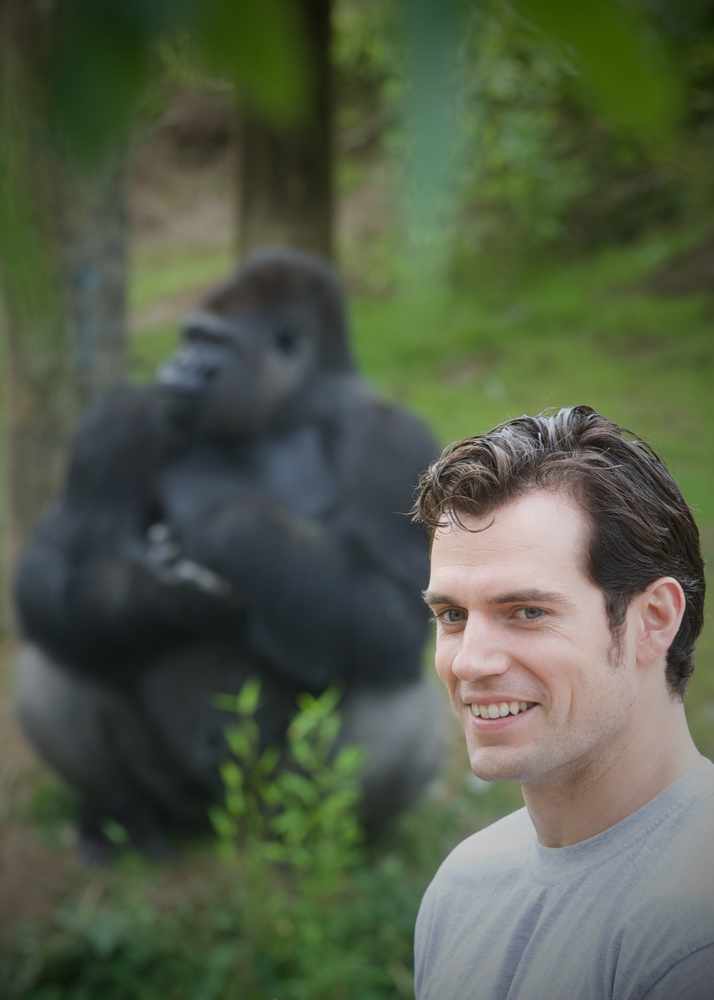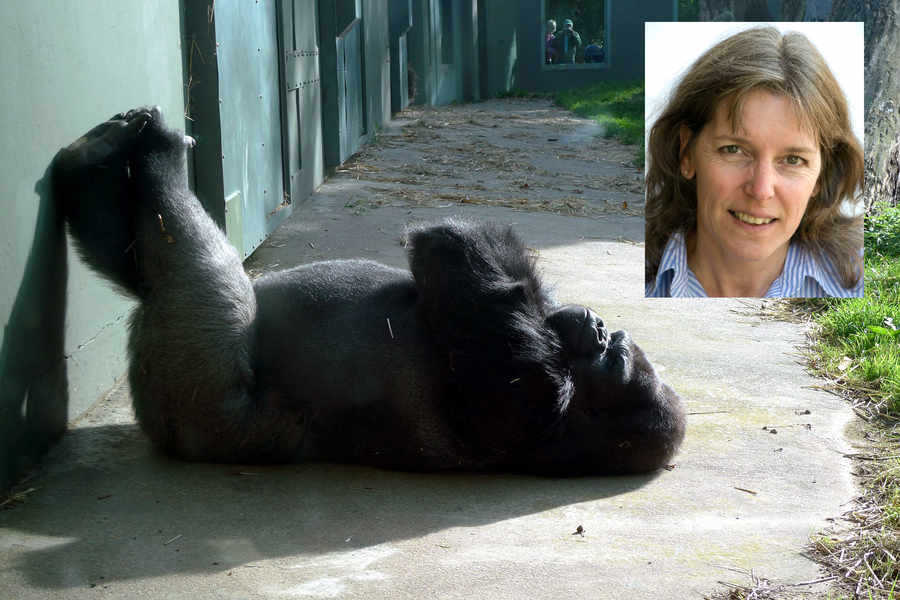IN February, JEP columnist Gill Kay found herself at the centre of a social media frenzy after penning an article where she questioned whether anyone would miss Durrell if it were to close.
Now that the dust has settled, she’s decided to respond to the hundreds of Islanders who aired their opinions on Facebook and this website:
WITH the storm that followed my last column abating, a few more thoughts about Durrell.
At the root of my misgivings is the moral question of whether animals should be kept in captivity and whether captivity for conservation is an ethically acceptable aim – especially in the case of the gorilla captive-breeding programme when these animals are never going to be released into the wild.
This is not a new debate and outside Jersey there is continuing discussion of many issues relating to captive breeding and conservation.
As for the gorillas, according to the World Wildlife Fund, the western lowland gorilla is endangered, but, with around 150,000 individuals in the wild, it is the most numerous subspecies of the animal.
Durrell says that the reintroduction of its gorillas is not part of its conservation strategy. The aim is an improved breeding programme, but these animals will never be free.

Yes, the zoo educates people about the animals, but would any of the thousands who go to Durrell every year ever consider eating illegal bushmeat or buying grotesque ‘trophy’ souvenirs? What is that education achieving?
And even if the aims change, it is improbable that the gene pool of the 500 captive lowland gorillas is going to provide the necessary genetic mix to sustain a viable population.
Many conservation organisations do not run captive-breeding programmes, such as the excellent Born Free Foundation, which works with animals in the wild and protects threatened species in situ. One of its aims is to see the phasing out of zoos.
Ultimately, conservation lies in the hands of the people who live alongside the animals.
There is also the issue of the eradication of those animals seen as threats to an endangered species in its own habitat. Is it right to ‘eradicate’ one species of animal to protect another?
The conservationists will say yes, but doesn’t every animal have a right to life, not just the ones we want to keep? And who chooses? Of the 7,368 species of vertebrates on the International Union for Conservation of Nature Red List (2013) that are threatened with extinction which ones are you going to save?
And yes, despite the letters in support of Durrell and the statements from those who run the zoo, I still have concerns about the welfare of the gorillas, flamingos and other animals, not to mention Durrell’s educational value, the captive-breeding programme and the cost to the taxpayer.
So what have I learned? I have learned that many would rather launch personal attacks against those who challenge their preconceptions and understanding of things than engage in a necessary debate. I have learned that people care very much about Durrell and its work. And I have learned that many Islanders agree with me, but stay silent because they have no wish to become a target for the stone-throwing crowd.






